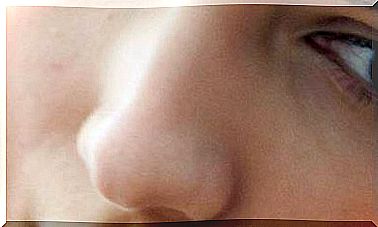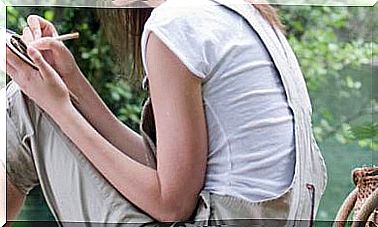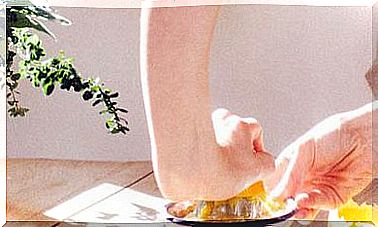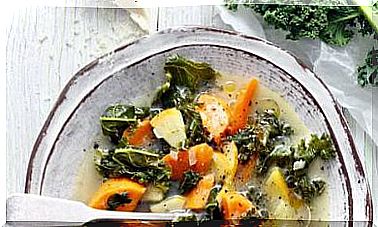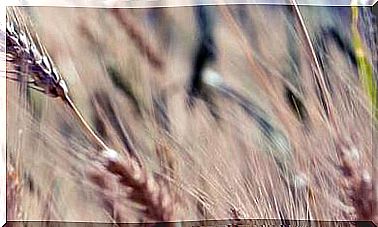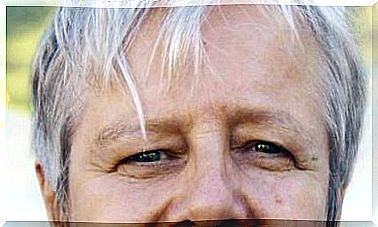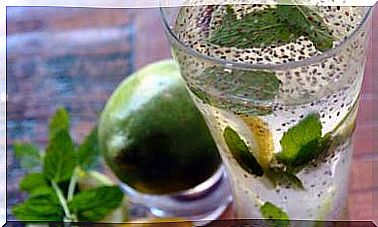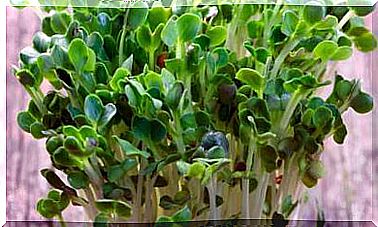Find Calm In The City Too
Relaxing in the city is an art. It requires both tempering mental activity and being receptive to the beauty of the souls of those who inhabit it.

Most people like the country and also the city. Although it is true that some consider themselves eminently urban and others prefer to live in a rural environment or even far from civilization.
The word nature refers to that portion of the universe in which we live. But it also points out the particular nature of the human being, which combines the natural or biological with a need to capture its soul potential in matter, transforming nature into culture and history. Hence, we need not to lose contact with our natural origin, while we are developing an increasingly sophisticated technology.
The necessary balance between both tendencies is what makes a civilization (a word derived from Latin civitas , city) not ultimately implying a return to “chaos”, which it precisely wants to avoid by departing from the natural in its purest form. Respect for nature, without misusing it, is what ensures our continuity as a species.
There are many types of cities, large and small, that guard your soul or perhaps have sold it to the highest bidder. For the Greeks, the measurements of the ideal city ( polis ) should not exceed the limits of the human voice.
We are obviously far from such conceptions, since cities tend to grow indiscriminately and suffer considerable pollution. Can we lead a relatively quiet life in such circumstances ?
It depends on the one hand on external factors – that we live in less noisy neighborhoods – but especially on a personal attitude. The calm is a state of mind that can be grown and we can deal with conflict situations and places. Without forgetting that there is a poetics of the urban landscape.
In the first place, regarding countless details that remind us of the presence of nature. And also because the human gaze manages to capture fragments of beauty even in the aridity of a factory environment or in front of buildings that are clustered in disorder. Certain films, photographs or poems suggest this.
Find refuge in the city
We can enjoy many moments of calm in the city, it all depends on how we are personally. But it must not be denied that on many occasions stress and the feeling of constant struggle for existence end up exhausting our reserves of good will. This is when it is convenient to seek refuge, especially in a psychological sense.
The most immediate is the periodic return home, where we find the shelter of the family or personal space. As we walk through the door, we should leave out work problems and the echo of street noises.
As a sign of such a change, it is advisable to take off your shoes at the entrance and put on slippers, as well as change your clothes for a looser one. Thus, a feeling of relaxation and comfort is achieved. The general atmosphere of the house should suggest tranquility, and avoid as much as possible the burden of the continuous presence of electronic devices. Especially in the bedroom, a place dedicated to rest, conversation with your partner or the last personal reflections before going to sleep.
The word home is related to bonfire, in the sense of the fire that in the kitchen makes it possible to prepare food and heat the rest of the house by extension. So warmth, in the most physical sense of the term, is something we need to combat stress. That is why it is pleasant and comforting to have a bowl of hot soup or a hot tea. Also a bath, which relaxes us by dissolving mental worries and muscle contractures. Often at work, when we feel overwhelmed, it is enough to go to the sink and turn on the hot water tap to gently wash our hands and face.
The 5 doors of the body
Since psychic tension is often due to inappropriate or excessive sensory stimuli, through the five senses we can also promote calm.
- Sight: leave the screens, tactile or not, and contemplate the sky, trees, people and animals, or small objects.
- Hearing: listening to relaxed music, the murmur of the air, the song of the birds or, simply, a pleasant silence in which we rest.
- Smell: discover the smell of what surrounds us if it is pleasant. Spreading essential plant oils or burning incense.
- Taste: enjoy the taste of food and drink without haste. Explore new culinary sensations.
- Touch: feeling the texture of objects, receiving or giving a massage, hugging people or animals.
Back to the roots
The human being has three well-defined body areas: head, thorax and abdomen. Each one with its respective energy center and its corresponding functions: thought, emotion, vitality.
Unlike life in the countryside, more in keeping with the natural rhythm, living in cities requires that our conscience work especially at the mental level. In addition, with great intensity, which tends to generate stress. For this reason, it is convenient to sometimes return attention to the vital center of the organism, which is located at the level of the navel (through the umbilical cord we received food before birth).
Certain meditation techniques use concentration in that area, sometimes a little below the navel (in the case of the Japanese Hara , the body’s center of gravity) or above it ( Dhammakaya meditation ). It essentially consists of sitting comfortably – but keeping your back straight – on the floor on a blanket or cushion, or on a chair.
The body is without tension, we are relaxing the areas that we notice contracted. The hands rest on the lap, the right on the left. The eyes, closed or ajar. Initially we can take several wide and deep breaths, and then do it more slowly.
The goal is for mental and emotional activity to subside and, little by little, it goes down –as if it were falling under its own weight– towards the abdomen. The higher areas of the mind are getting rested so to speak.
We can visualize in the navel area a small luminous sphere full of soft warmth that comforts and renews us energetically. We remain without much effort in this way for a few minutes (from 5 to 15) and then progressively return to ordinary consciousness. This can be practiced from time to time, as it makes us feel more rooted in our being and at the same time more flexible. It is the strength of bamboo, which resists the blows of the wind because it knows how to move without losing its roots.
Flow with life
To keep ourselves in physical and mental balance we need to periodically regain contact with the natural environment. Although it is also true that “the nature of nature” dwells within us due to our condition of being both material and spiritual.
We can build cities that preserve a human dimension and also seek our own oasis in the midst of less-than-idyllic situations. It is also possible to change places in search of corners more akin to our values. The important thing is to keep an interest in people and things. Do not lose the ability to love, to flow with the current of life.
The calm we need, and even more so living in the city, is related to inner peace, because if we are not at peace with ourselves and the environment it becomes difficult to enjoy all the good that existence has in store for us.
It seems appropriate to include the message of a friend as a final reflection: “When we are at peace, haste, anxiety, aggressiveness are relativized, and then the wonders of any environment can be appreciated. We are at peace, we are open, in calm, and with that luggage we can constructively approach the most diverse encounters. The city in turn provides us with elements for this dialogue. There is light, human warmth, energy, resources, architecture, open spaces, sky, various situations that come out to our meeting, personal choices … Our art consists of distilling calm, beauty and love with all this “.
Lavender as a talisman
Carrying a bottle of lavender essential oil with you can be useful, since: it fights stress. If you’re tense, just smell it to relax.
Even more so if we perform a small massage by applying a few drops on the temples, above the navel or in contracted areas.
It is said to help harmonize the energy field or aura. With an aerosol (several drops added to the water), it is applied on oneself, other people or in the space that you want to clean energetically. If you go to crowded and poorly ventilated places or in times of flu epidemics, apply a little in the nostrils (directly or by inhaling from a handkerchief).
